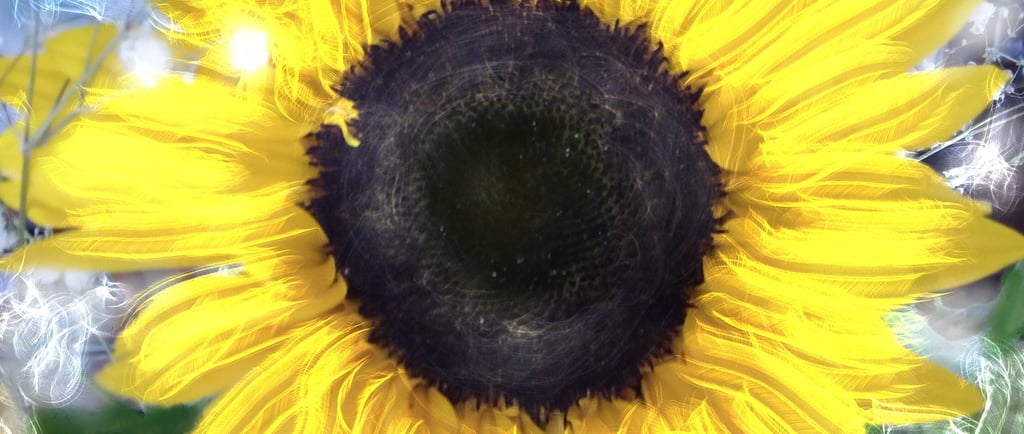What Is Somatic Storytelling? A Beginner’s Guide to Telling Stories from the Body
STORYTELLING
Maša Hilčišin
5/21/20253 min read


For many years, I lived in my body like a quiet guest in a foreign land. When someone said, “Connect with your body”, it felt like they were speaking of a place I had long lost the map to.
Sensations were distant. Emotions had no home in my flesh. Touching into myself felt like reaching for something wrapped in mist. And so, with the softest compassion, I now hold those who feel the same.
Somatic storytelling—the art of listening to the body and letting it speak—isn’t something that unfurls in a single breath, a weekend workshop, or a linear path.
It is a tender, intimate journey. One that awakens in layers, in seasons, in stumbles and small awakenings.
Each story, each person, dances through it in their own rhythm.
Living Time Capsules: How My Body Told Me My Story
My own journey began with disconnection. As a teenager, I endured painful menstruation that felt more like punishment than passage. Later came abuse, trauma, and the body’s slow retreat into numbness.
Photo by Anna Fabricius
Then, the sacred act of giving birth to my son cracked something open—an invitation to return.
True somatic work deepened with my training with Somatic Training "Conscious Body" , where I first learned how to feel into my liver, my lungs, my womb. Not just name them—feel them.
To let movement arise not from performance, but from the wild intelligence within.
At the time, I was also immersed in Laban Movement Analysis, a poetic language of motion rooted in body, effort, shape, and space. I began mapping these elements not just to choreography, but to the private geographies of my own being—my stories, my memories, my pains.
Slowly, I started to realize every story we have ever lived lives inside our body.
As beautifully written in the article How Your Body Holds Your Story:
“Our bodies remember. They are living time capsules, embodied memories of the past, sojourners through the present, and expeditioners toward the future.” (Deiley, 2021)
And I felt those time capsules—in trembling hands, in shaky knees, in stillness, in unexpected tears, or in a sudden gesture that carried more memory than words ever could.
What Is Somatic Storytelling?
Somatic storytelling is the practice of letting your body speak—without censorship, without choreography, without performance. It is letting your cells, your breath, your gestures, reveal what the mind cannot always articulate.
In The Intertwined Aspects of Working with Narrative, one definition struck a deep chord:
“The somatic narrative is an additional aspect of the record of each person’s history, held not in the mind but in the body. Our lived experience is shown in our gestures, in our physiological responses, in how much ease or tension we have in our muscles, in the ways we know how to stand and move, in how we breathe. (Somatic Practice, n.d.)
Our gestures. Our breath. The way we slouch, the way we clench, the way we ache. All are chapters. All are truth.
For me, storytelling looked like shallow breathing when a friend moved continents.
It looked like nausea and collapsing in crowded rooms. It looked like tears during a slow, simple sway.
And sometimes, it looked like dancing—not for an audience, but for the soul.
Your Story Lives in You
You might feel your story in a single fingertip placed gently over your heart. You might sway like seaweed, pulled by unseen tides. You might lie in stillness, letting your internal organs be felt, finally heard.
You might not move at all.
Or perhaps, one day, you’ll be guided by a pulse—a sensation in your belly, a tingle in your spine—and you’ll begin to write, paint, sing, or scream.
There is no wrong way.
The body knows.The more we listen, the more it will speak. And the more it speaks, the more we will find the language to translate our sacred stories onto paper, into movement, through images, into breath. Somatic storytelling is not a performance. It is a dialogue. With your past. With your truth. With your own exquisite, embodied aliveness.
Let it speak. Let it move you. Let it love you whole.
References:
Deiley, Lindsay (2021) How your body holds your story. Available at: https://thrivekirkland.com/blog-1/2021/6/6/how-your-body-holds-your-story (Accessed: 12 May 2025)
Somatic Practice (n.d.). Available at: https://somaticpractice.net/the-intertwined-aspects-of-working-with-narrative/ (Accessed: 12 May 2025)